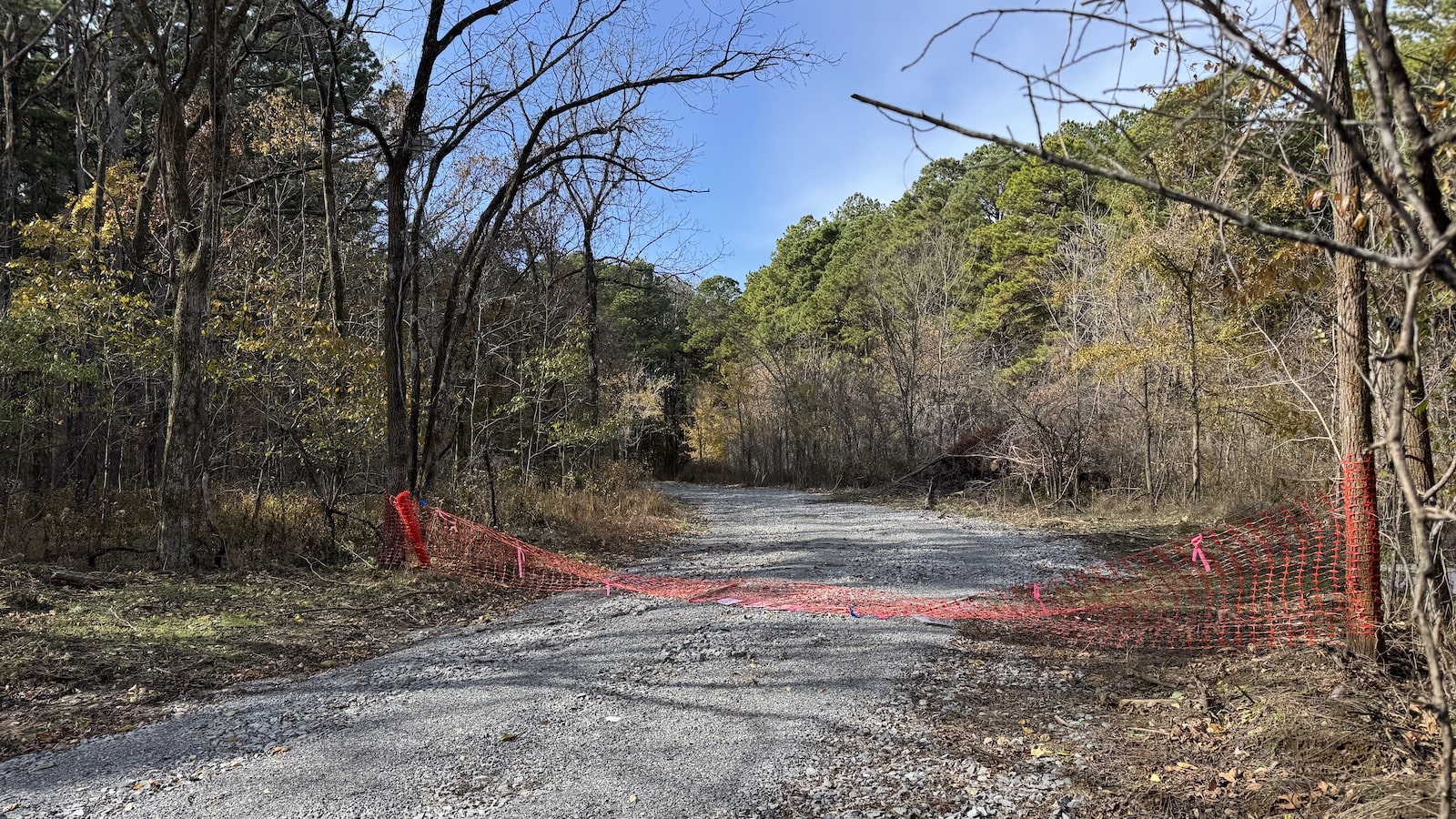Gels, Vol. 11, Pages 501: Construction of Chitin-Based Composite Hydrogel via AlCl3/ZnCl2/H2O Ternary Molten Salt System and Its Flexible Sensing Performance
Gels doi: 10.3390/gels11070501
Authors:
Yanjun Lv
Hailong Huang
Guozhong Wu
Yuan Qian
Bio-based ionic conductive hydrogels have attracted significant attention for use in wearable electronic sensors due to their inherent flexibility, ionic conductivity, and biocompatibility. However, achieving a balance between high ionic conductivity and mechanical robustness remains a significant challenge. In this study, we present a simple yet effective strategy for fabricating a polyelectrolyte–chitin double-network hydrogel (CAA) via the copolymerization of acrylamide (AM) and acrylic acid (AA) with chitin in an AlCl3-ZnCl2-H2O ternary molten salt system. The synergistic interactions of dynamic metal ion coordination bonds and hydrogen bonding impart the CAA hydrogel with outstanding mechanical properties, including a fracture strain of 1765.5% and a toughness of 494.4 kJ/m3, alongside a high ionic conductivity of 1.557 S/m. Moreover, the hydrogel exhibits excellent thermal stability across a wide temperature range (−50 °C to 25 °C). When employed as a wearable sensor, the hydrogel demonstrates a rapid response time (<0.2 s), remarkable durability over 95 cycles with less than 5% resistance drift, and high sensitivity in detecting various human joint motions (e.g., finger, knee, and elbow bending). It presents a scalable strategy for biomass-derived flexible electronics that harmonizes mechanical robustness with electromechanical performance.
Source link
Yanjun Lv www.mdpi.com

